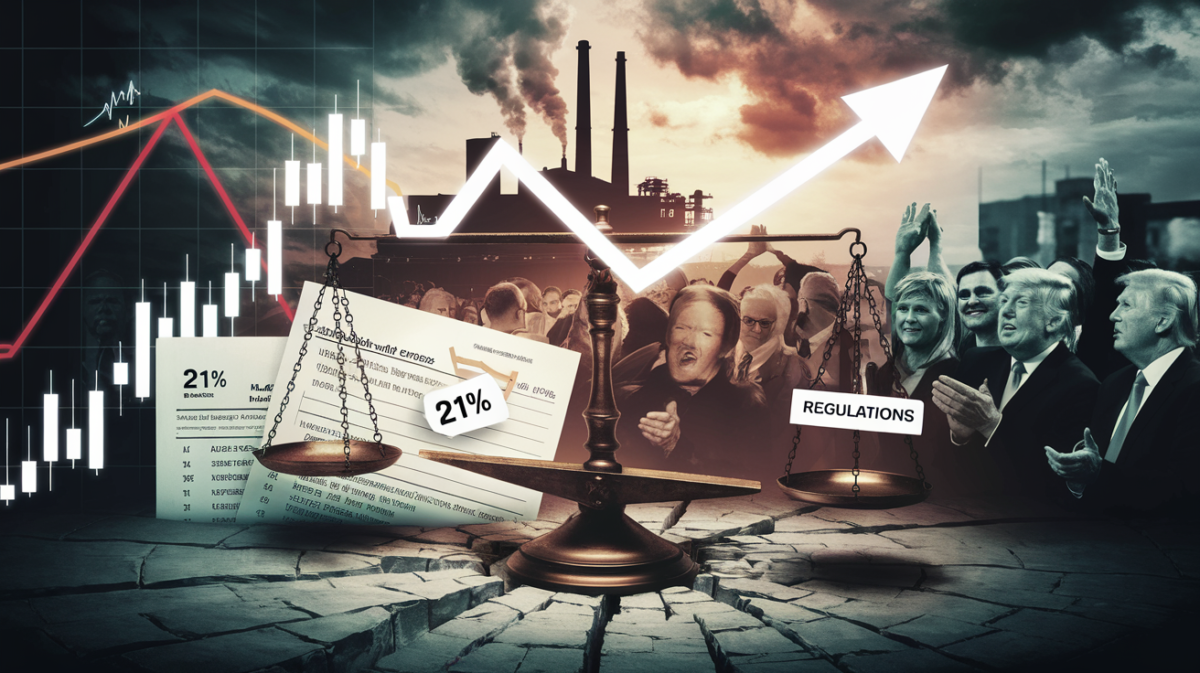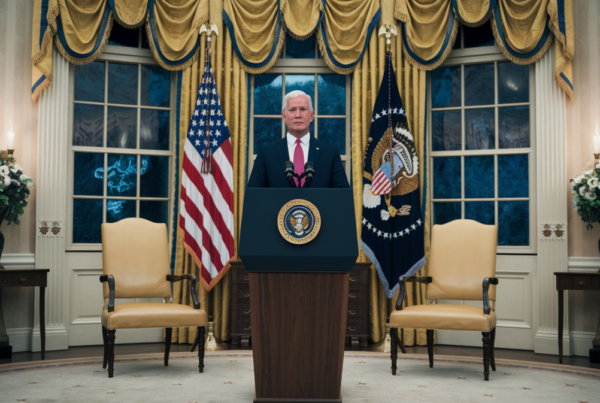Former President Donald Trump has consistently portrayed his economic policies as a resounding success, but the reality is more nuanced. While his administration achieved notable milestones, critics argue that the broader impact of his policies remains debatable. Here’s a closer look at the claims, the criticisms, and the data behind Trump’s economic legacy.
Trump’s Key Economic Achievements
During his tenure, Trump frequently highlighted several economic milestones as proof of his administration’s effectiveness. Below are some of the most cited accomplishments:
- Job Creation: Trump claimed the addition of nearly 7 million new jobs, exceeding initial projections by 260%. This growth was particularly notable in sectors like manufacturing and energy.
- Stock Market Boom: The S&P 500 saw an 80% increase from the day Trump won the election to the end of his term, a point often emphasized by his supporters.
- Tax Reforms: The Tax Cuts and Jobs Act of 2017 slashed corporate tax rates from 35% to 21%, the largest reduction in U.S. history.
- Regulatory Rollbacks: Trump’s administration cut more regulations than any previous president, aiming to reduce bureaucratic hurdles for businesses.
- Energy Independence: Domestic oil production surged by 47% under Trump, leading to lower gasoline prices and reduced reliance on foreign oil.
Criticisms and Challenges
Despite these achievements, Trump’s economic policies faced significant scrutiny. Critics pointed to several areas of concern:
- Trade Wars: His aggressive tariffs, including a 27.5% levy on Chinese cars, were criticized for straining international relations and hurting domestic industries reliant on imports.
- Budget Deficit: The federal deficit ballooned during his term, raising questions about the sustainability of his tax cuts.
- Income Inequality: While the stock market thrived, wage growth for middle- and lower-income Americans lagged, fueling debates about who truly benefited from his policies.
Public Perception and Media Coverage
The narrative around Trump’s economic record varied widely depending on the source. Conservative media outlets celebrated his achievements, while liberal and centrist publications often highlighted the downsides.
| Perspective | Key Points |
|---|---|
| Supportive | Job growth, stock market gains, and deregulation were frequently cited as wins. |
| Critical | Trade disruptions, rising deficits, and unequal benefits were common criticisms. |
Analyzing the Data
To fully grasp Trump’s economic impact, it’s essential to examine the numbers:
- Unemployment: The unemployment rate dropped to historic lows under Trump, but the COVID-19 pandemic later caused a sharp spike.
- GDP Growth: Annual GDP growth averaged around 2.5%, a modest improvement over previous years but not the “historic” levels often claimed.
- Corporate Profits: Businesses benefited significantly from tax cuts, but the trickle-down effect on workers was less clear.
Conclusion
Donald Trump’s economic legacy is a mix of measurable successes and contentious policies. While job creation and stock market performance were strong points, trade wars and rising deficits remain sticking points for critics. As the debate continues, one thing is clear: the full impact of his policies will be studied for years to come.







